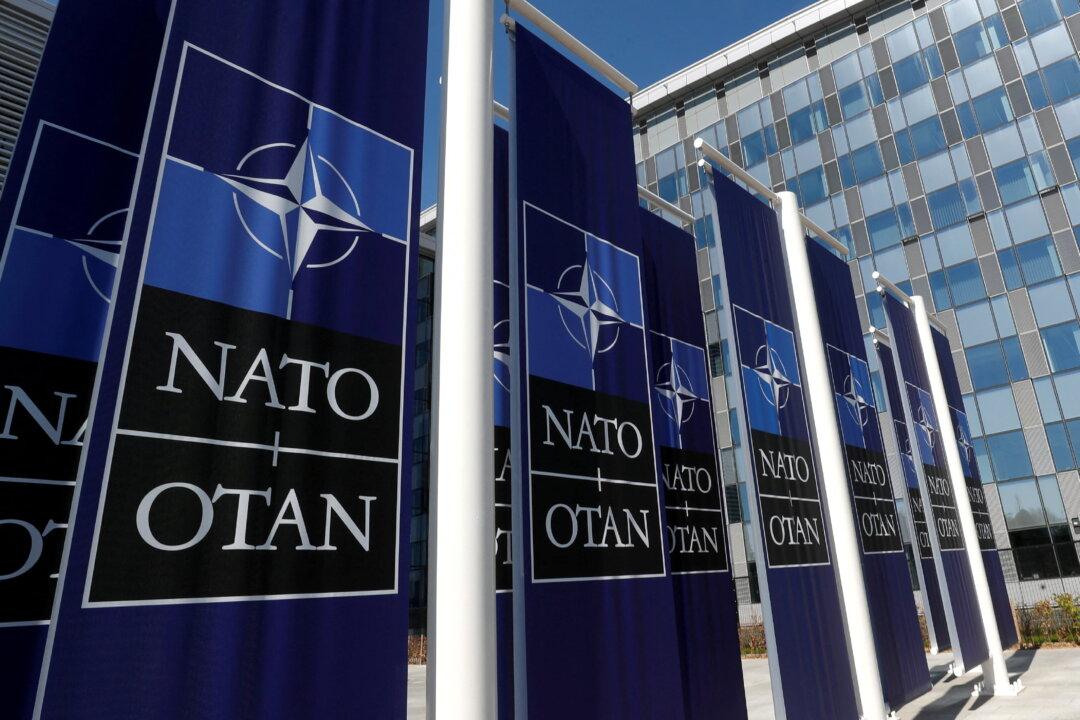Finland and Sweden formally applied to join NATO on May 18 in Brussels, driven by the Russia–Ukraine conflict to step out of their neutrality maintained during and since the Cold War.
NATO Secretary-General Jens Stoltenberg said it was a “historic moment” and that he warmly welcomes the two nations into the world’s largest military alliance, a move considered to be one of the most significant adjustments to Europe’s security architecture in decades.





